
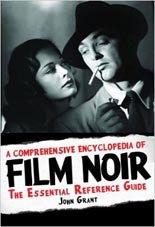 It’s amazing how often publishers put superlatives like “ultimate” or “best” in the titles of nonfiction works that don’t merit such use. John Grant’s A Comprehensive Encyclopedia of Film Noir: The Essential Reference Guide dares to have two, but damn if it doesn’t fulfill them.
It’s amazing how often publishers put superlatives like “ultimate” or “best” in the titles of nonfiction works that don’t merit such use. John Grant’s A Comprehensive Encyclopedia of Film Noir: The Essential Reference Guide dares to have two, but damn if it doesn’t fulfill them.
From Limelight Editions, this weighty hardcover — nearly five pounds, nearly 800 pages — has “Christmas gift” written all over it for the film fan on your list. (Or “Hanukkah gift” if he/she is Jewish.) And after the holidays pass, consider it for yourself with any cash or gift card balance you may acquire.
Pay note to one more word in the title: “encyclopedia.” It is that; in other words, the book is not meant to be read cover to cover, although you sure could. Approximately 3,250 movies are covered, with each entry being built on the base information (year, country, key talent), a brief plot summary (minus spoilers) and briefer bits of criticism. On occasion — say, with a Citizen Kane or your Vertigo — Grant extends the usual paragraph or two into a mini-essay; more opinion and background material are included when this occurs.
If picky readers are to have a problem with A Comprehensive Encyclopedia of Film Noir, it’s going to be with the author’s loose definition of the subject. He acknowledges this in his introduction, and one need only flip open to nearly any spread to see the kind of films whose presence may raise an eyebrow. A mere random sampling: the glitzy Whitney Houston assassination vehicle The Bodyguard, the hyperkinetic visual feast known as Germany’s Run Lola Run, the Zucker/Abrahams/Zucker broad comedy Ruthless People. To those who may be upset, I say, “Calm down, Tex. It’s not like your Double Indemnity has been kicked out because of it.”
Besides, any film noir text that doesn’t think twice about including the likes of Ray Dennis Steckler (Body Fever) and Ed Wood (The Sinister Urge) is one after my own heart. —Rod Lott

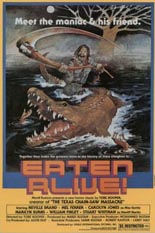
 Given the left-field phenomenon that was 1974’s
Given the left-field phenomenon that was 1974’s 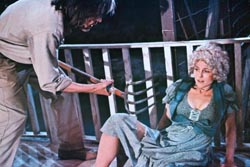
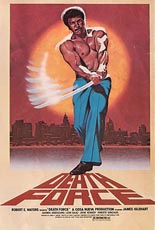
 Fresh from warring in Vietnam, Doug Russell (James Igleheart,
Fresh from warring in Vietnam, Doug Russell (James Igleheart, 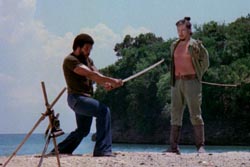
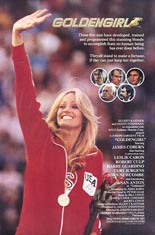

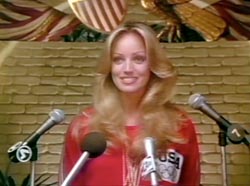
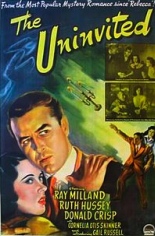
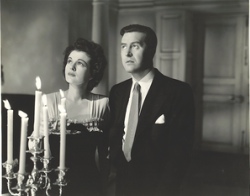 Soon after moving in, the Fitzgeralds experience strange phenomena, including but not limited to sobs at night, wilting roses, fluctuating temps, slamming doors, flickering candles and the overpowering smell of mimosa. A séance helps brings buried secrets to light, because the aghast neighbors sure don’t like to.
Soon after moving in, the Fitzgeralds experience strange phenomena, including but not limited to sobs at night, wilting roses, fluctuating temps, slamming doors, flickering candles and the overpowering smell of mimosa. A séance helps brings buried secrets to light, because the aghast neighbors sure don’t like to.